Understanding the Basics of Dog Training in Irvine
Dog training is an essential aspect of pet ownership, providing both the dog and owner with a structured way to communicate and build a mutual understanding. In the vibrant community of Irvine, California, dog training has become increasingly important as more residents recognize the value of forming a well-behaved companion. Understanding the fundamentals of dog training not only helps owners in establishing good behavior in their pets but also enhances the overall bond between them. In this comprehensive guide, we will explore Dog Training Irvine, covering essential components, techniques, and local resources that can help both new and seasoned dog owners.
1. What is Dog Training?
Dog training involves teaching dogs specific behaviors and commands through a series of methods and techniques. This training can vary from simple commands such as “sit” and “stay,” to more complex behaviors like agility training and service dog skills. The process typically requires time, patience, consistency, and a keen understanding of canine psychology. A well-trained dog is not just obedient but also a happier, more confident member of the family.
2. Importance of Positive Reinforcement
Positive reinforcement is a training method that encourages dogs to repeat desired behaviors by rewarding them with treats, praise, or playtime when they comply with commands. This approach has gained popularity as it is effective and fosters a positive relationship between the dog and owner. The philosophy behind it is rooted in behavioral science, which espouses that reinforcing good behavior will encourage its recurrence. Through positive reinforcement, dogs can learn at their own pace, resulting in a more enjoyable training experience.
3. Common Training Methods Explained
There are several training methodologies employed by dog trainers. Understanding these methods can help dog owners choose the right training for their pets:
- Clicker Training: This method uses a small handheld device that makes a clicking sound to mark desired behavior, which is then followed by a reward.
- Leash Training: Focusing on teaching the dog to walk calmly on a leash, minimizing pulling and distractions.
- Obedience Training: A structured form of training that typically involves basic commands—a dog learns to sit, stay, or come when instructed.
- Behavioral Modification: Techniques employed to change undesirable behaviors, such as aggression or excessive barking, often created from stress or fear.
Essential Commands Every Dog Should Learn
1. Basic Obedience Commands
Basic obedience is fundamental for a well-behaved dog. Key commands include:
- Sit: A foundational command that helps control a dog’s behavior.
- Stay: Teaching the dog to remain in place until told otherwise.
- Come: Essential for recall, ensuring the dog returns to you on command.
- Down: This command helps the dog settle down and stay calm.
2. Advanced Commands for Better Control
Once a dog masters basic commands, advanced commands can help refine their skills and increase control. Examples include:
- Heel: Teaching the dog to walk close to your side.
- Leave It: An essential command to prevent dogs from engaging with potential dangers.
- Wait: Similar to stay, but generally used to pause the dog before moving into a new activity, like crossing a street.
3. Teaching Commands through Play
Training doesn’t solely have to be serious; incorporating play into learning can make commands easier to master and more enjoyable for the dog. Games like fetch can reinforce commands such as “come” when the dog returns the toy, while hide and seek can enhance their “stay” command, providing both physical and mental stimulation.
Choosing the Right Dog Trainer in Irvine
1. What to Look for in a Trainer
Selecting the right dog trainer can significantly influence your training experience and outcome. Owners should look for trainers who utilize positive reinforcement methods, have experience with different breeds, and communicate well with both dogs and their humans. It may also be helpful to choose trainers that are certified by reputable organizations to ensure they follow ethical practices.
2. Questions to Ask Potential Trainers
When meeting potential trainers, it’s important to ask key questions:
- What methods do you use and why?
- How do you handle problem behaviors?
- Can you provide references from past clients?
- What are your credentials and experience?
3. Evaluating Training Techniques
Once you have a shortlist of trainers, observe their techniques during a training session if possible. Watch how they interact with dogs and their owners. Does their approach seem compassionate? Do the dogs appear eager to work with them? These observations can offer valuable insight into the trainer’s effectiveness.
Dog Training Classes and Resources in Irvine
1. Group vs. Private Training Sessions
In Irvine, dog training options often include both group classes and private sessions. Group classes are beneficial for socialization and typically cost less, while private sessions offer individualized attention and specific guidance tailored to your dog’s unique behavior and temperament.
2. Local Dog Training Facilities
Irvine houses a variety of dog training facilities catering to different needs:
- Manners for Mutts: Noted for its positive reinforcement methods focused on family dogs.
- Paw Sweet Paw: Offers specialized programs including both short-term and long-term training experiences.
- Wags & Wiggles: Features a range of training classes, including workshops for dog owners.
3. Online Resources and Community Support
In addition to in-person training, numerous online resources offer valuable guidance. Websites like Good Dog OC provide ample information on obedience, behavior modification, and more. Online forums and social media groups can also be excellent places to seek advice and connect with other dog owners in the Irvine area.
Measuring Your Dog’s Training Progress
1. Setting Training Goals
Establishing clear, attainable goals for your dog’s training is essential. Whether you aim to teach basic commands or address specific behavioral issues, having measurable objectives can help track progress and provide motivation for both you and your dog.
2. Tracking Behavioral Changes
Keeping a journal or log can help monitor changes in your dog’s behavior. Note the commands learned, successful applications in different contexts, and any setbacks encountered. This record can provide a clearer picture of areas needing more attention and affirm progress made over time.
3. Staging a Training Refresh
As dogs can sometimes regress in their training, it’s beneficial to stage periodic refreshers. Revisit basic commands, introduce new tricks, or offer more socialization opportunities to reinforce learned behaviors. This keeps the training dynamic and engaging for your dog.
In conclusion, dog training in Irvine provides an abundance of opportunities for enhancing relationships between pets and their owners. Armed with knowledge about training principles, effective commands, and available resources, dog owners can help their furry friends become well-behaved companions. With commitment and love, valuable training experiences will enrich the lives of both pets and their families.
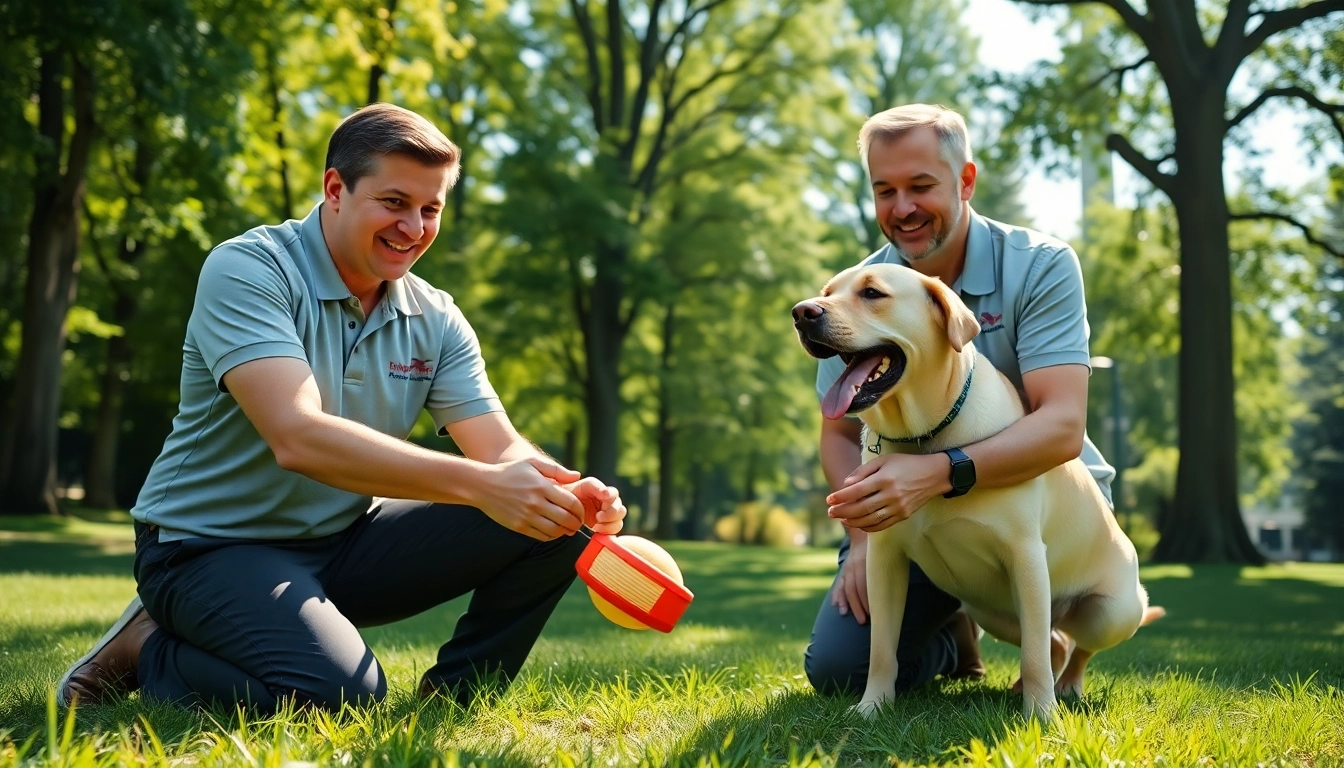


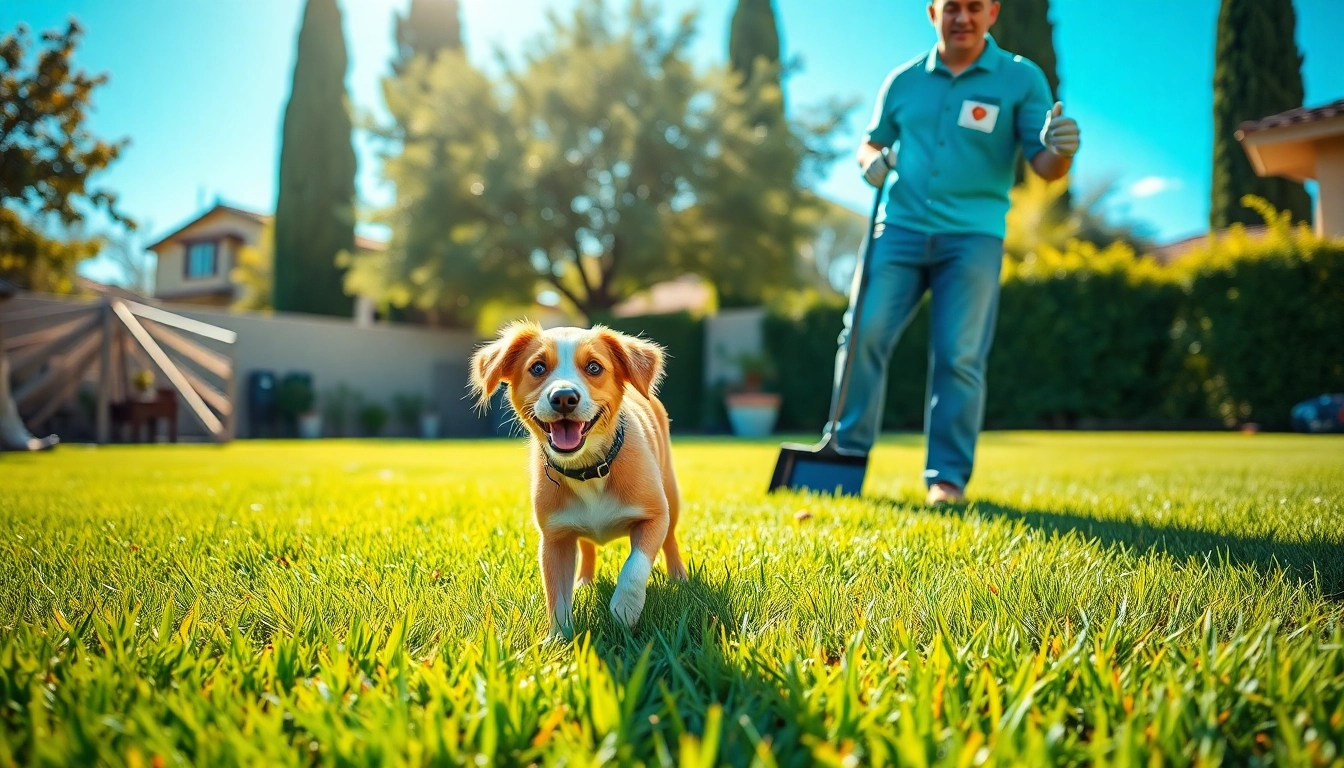


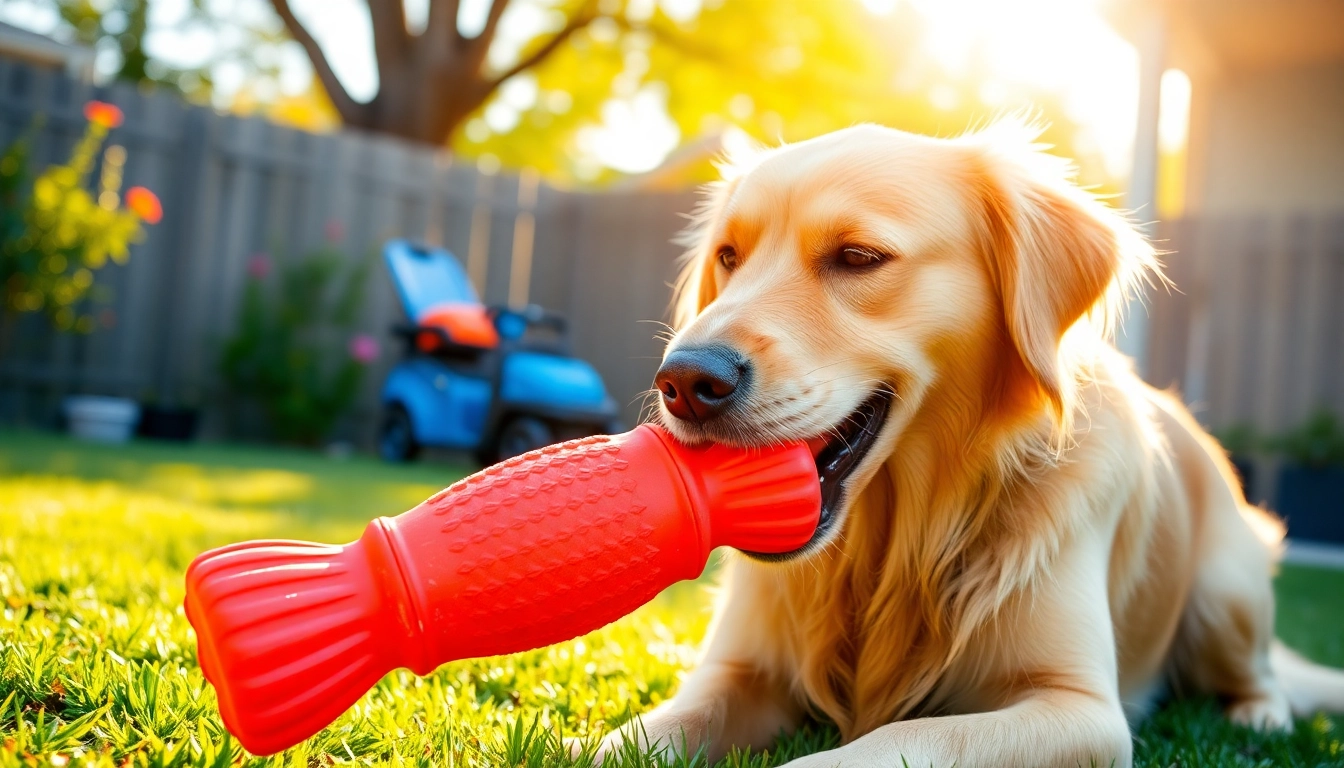
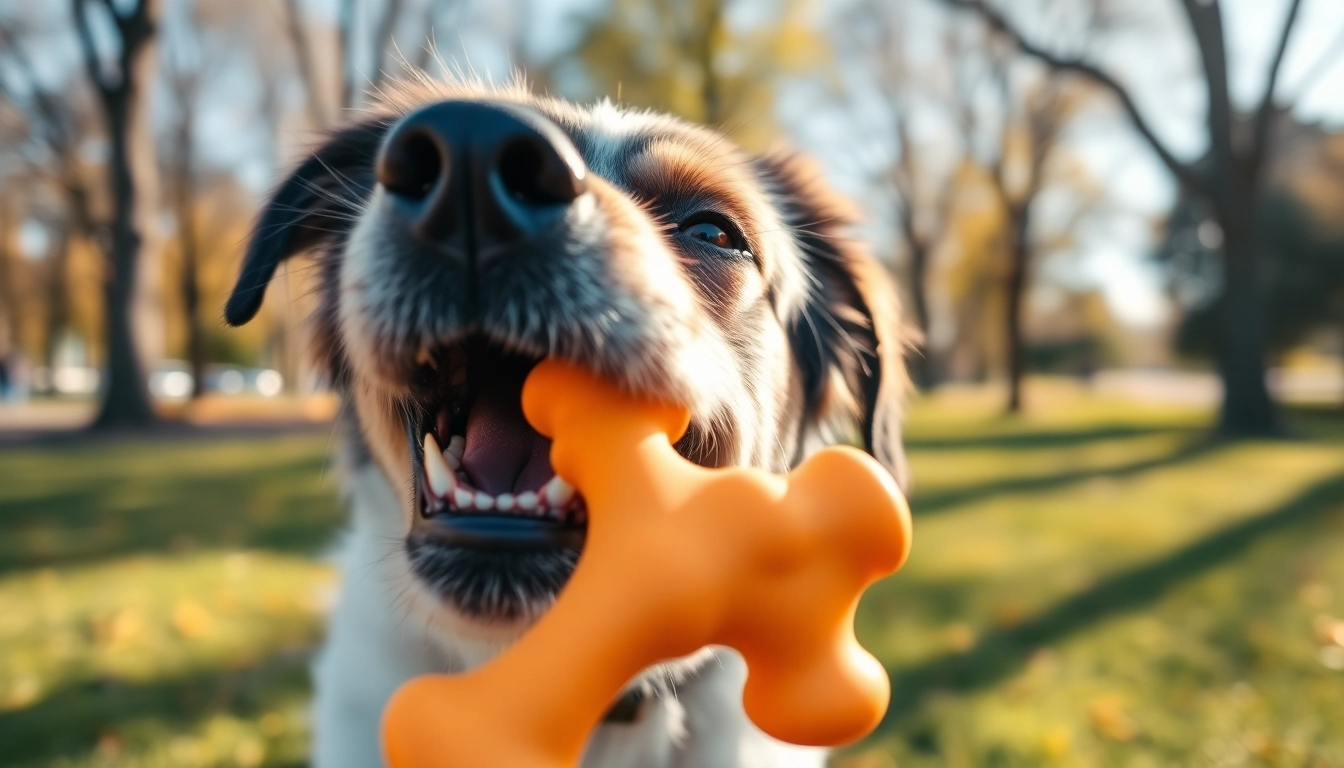


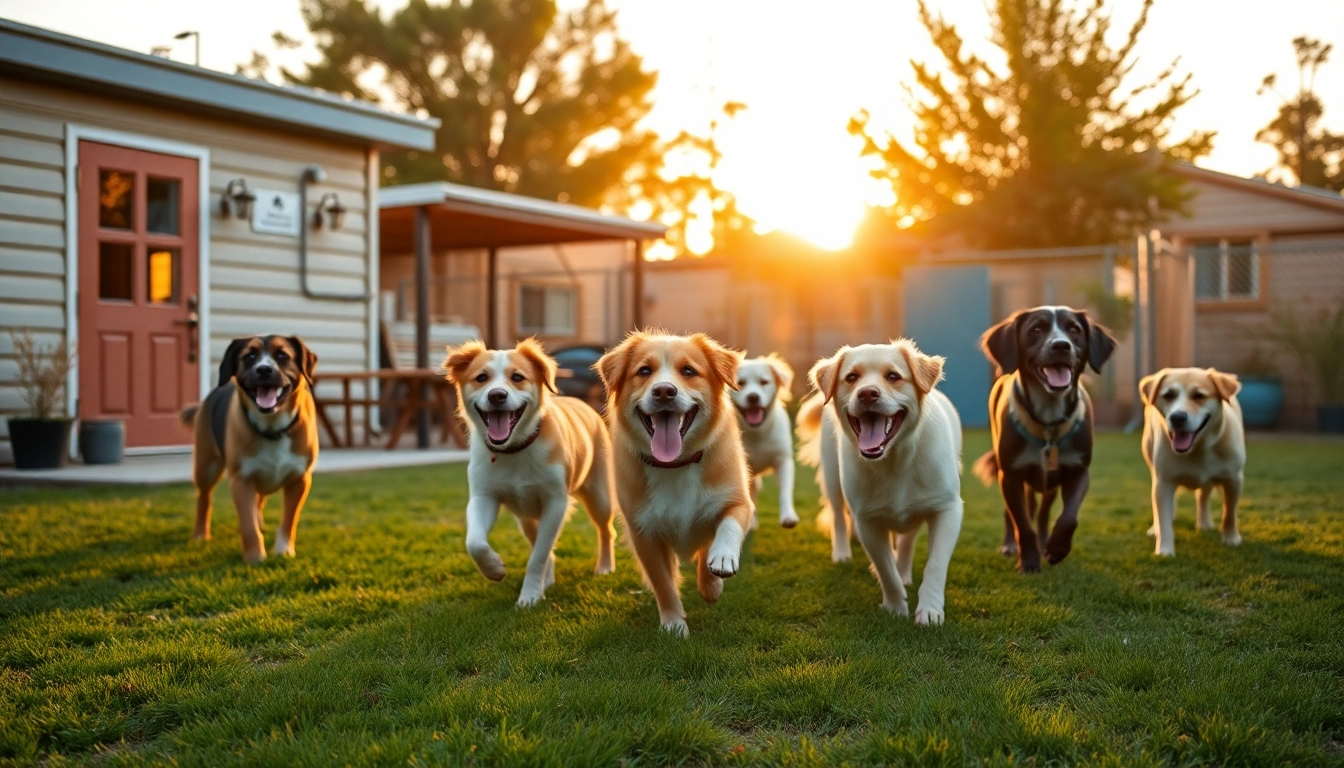




Leave a Reply